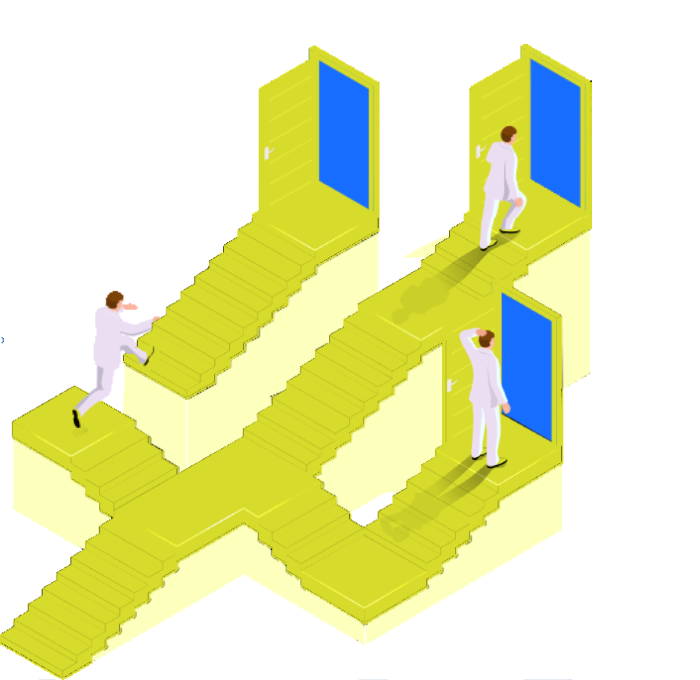PCT Submitted






To understand and correct the brain, we need a method to explore these attracting states. By exploration, we simultaneously tackle both clinical problems and scientific inquiries — two birds with one stone. If a patient is stuck in an unwanted attractor, exploring can perturb the individual out of such a state, to a nearby attractor and remedy the neurological condition. Furthermore, the general discovery of these attractors will further our understanding about how the brain actually works, creating a path for future personalized neurological treatments. To be clear, the brain can be broken down in to many individual regions, where each region may be comprised of hundreds of thousands to tens of millions of neurons. Those countless numbers of cells are all communicating with one another via electrical signals, and we want to be able to look at one piece, and be able to say, ‘Okay, this set of neurons has, for example, three attractors: A, B and C.’
Now, while we don’t know much about these attractors, we do know that moving between them can be difficult. It’s like trying to escape a maze. If we want to successfully explore, we need a highly sophisticated method — A method that learns a map of the neural dynamics as it goes, and uses that map to efficiently perturb the state of the system, traveling about these multiple attractors with ease. Furthermore, that method has to be robust, as everyone’s brain is different, so thus are the means to change between states. If transitioning between states is like escaping a maze. Then, due to various lifestyle and genetic factors, each individual’s mazes are different.
Using electrical stimulation, or one of the many ways to control a neural population, juxtaposed with this algorithm, one can explore all reachable states of the system. Furthermore, this exploration occurs in real-time. There is no need to run many experimental trials, to then interpret the data later, offline. The dynamics underlying the system will be mapped out, and represented in low-dimensions. If you’re recording from 10,000 neurons, that’s 10,000 electrical signals, which equates to 10,000 dimensional data. However, a lot of research shows that neural behavior is often redundant, and can be expressed with far fewer dimensions. Escape-the-Maze does this dimensionality reduction automatically, by design. Finally, only one trial is required to get a full map of the system. In the clinical setting, this means that, while using Escape-the-Maze, only one round of electrical stimulation is required to treat a patient.
